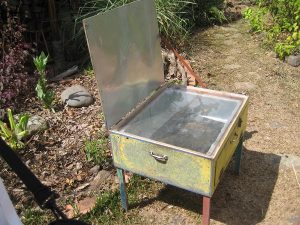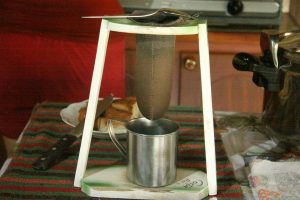During my stay in Costa Rica, I have to admit that at one point I was getting tired of rice and beans, yet I can’t say the same about picadillos. Diverse in color, flavor, and texture, picadillos were my favorite side dish during those warm and humid lunch breaks. The nice lady that prepared our food during our visit to “Gerardo el curandero” explained to me that picadillos developed in the region from the necessity of dealing with monotony, and eating better. A picadillo is way of preparing a simple filling ingredient into something more appetizing and rich. The name Picadillo comes from the Spanish word “picar” which translates “to mince”.
Picadillos are very simple to prepare. Here is a simple recipe on how to prepare my favorite picadillo made from “palmito” or palm hearth.
-
Place 500 grams of palm hearth in boiling water for 30 minutes
-
Let the palm heart cool
-
Mince the palm heart
-
Mince an onion & one or two garlic cloves
-
Add palm oil to a pan and heat the oil
-
Add the minced palmito, onion, and garlic to the pan and stir
-
Add salt and cumin powder to the picadillo
-
Stir for 15 minutes
-
Serve and enjoy
Other types of picadillos can be prepared the same way, and its only necessary to change the main ingredient. Moreover, feel free to add minced bell peppers, cilantro, and celery to the picadillo if you wish. I got to enjoy picadillos made of Frijol rojo (red beans), ayote tierno (young ayote), and papaya verde (green papaya).
 A great way to accompany your picadillo is with some pickled chiles Tico style.
A great way to accompany your picadillo is with some pickled chiles Tico style.
First, slice some Aji and Abanero chiles, cauliflower, onion, garlic, cilantro, and carrot. There is no determined amount of any ingredient in the mix, so the ratio is purely based on personal preference. Put all these slices and a little bit of cumin in a glass container. Fill, the container ¾ Limón Mandarina / Rangpur Lime juice and ¼ with vinegar. Mix and close the glass container. Finally, let it sit for two days before serving.




